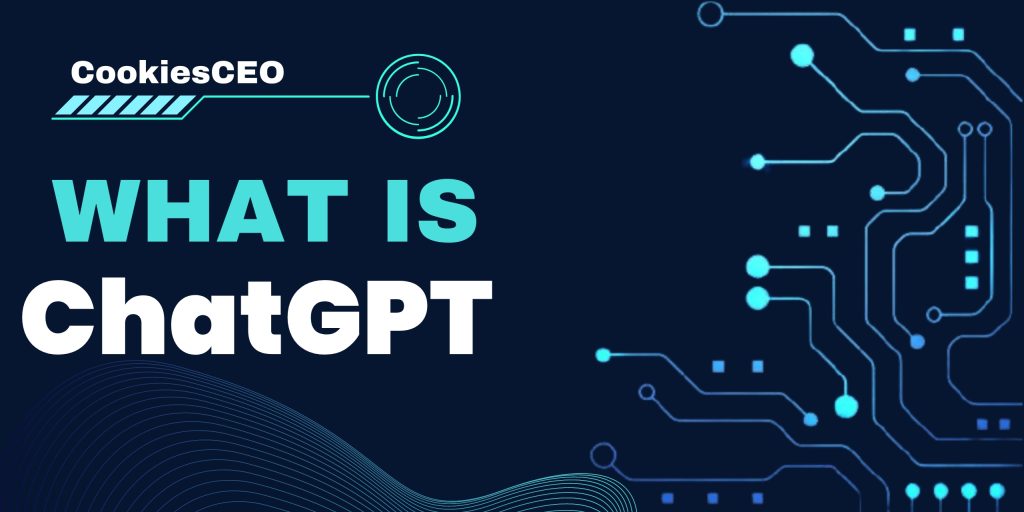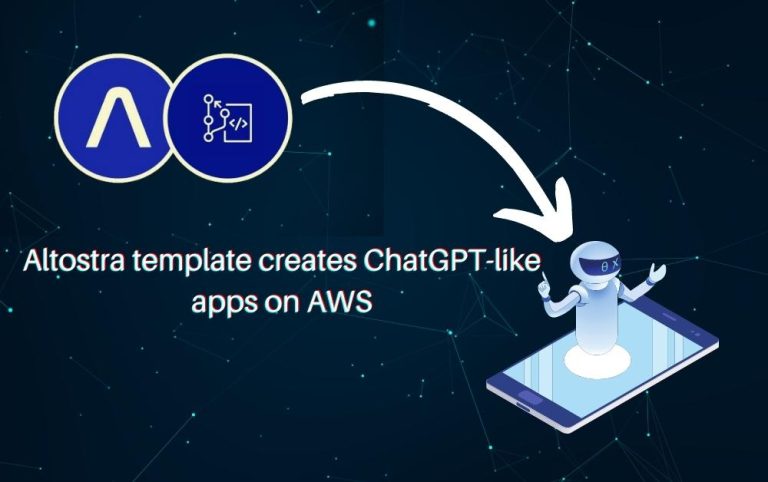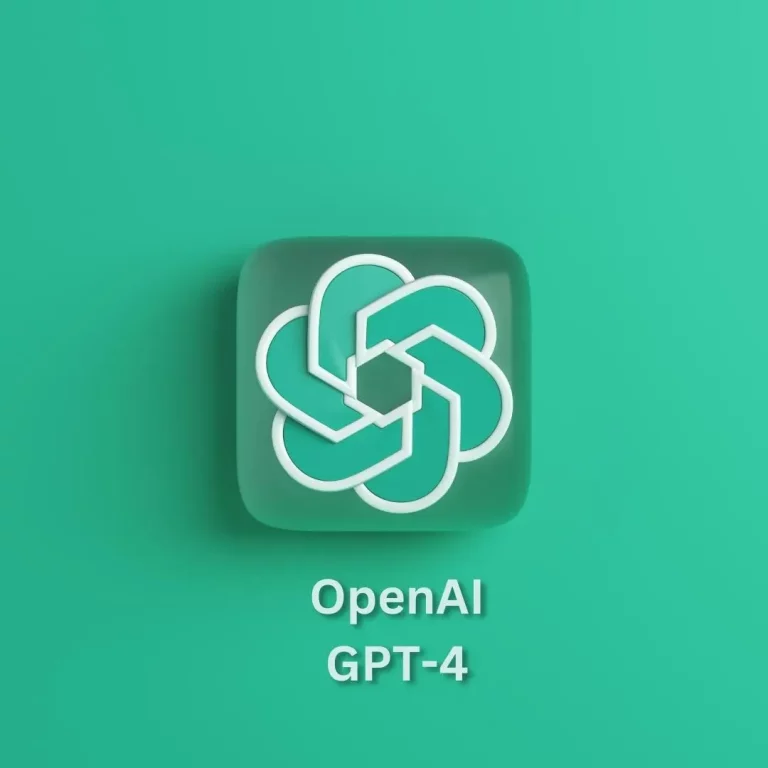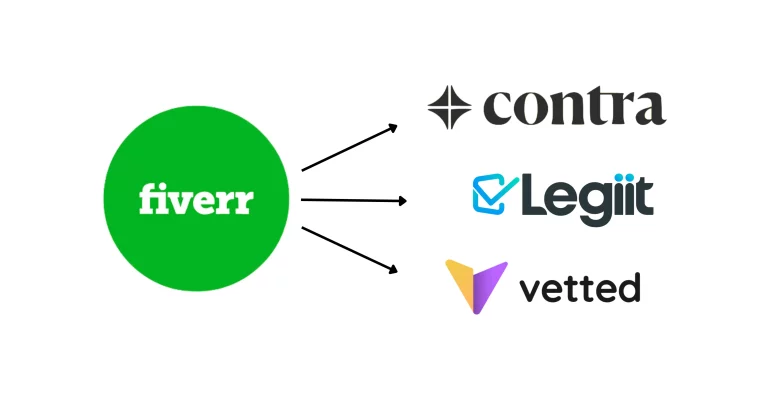ChatGPT- A Comprehensive Guide
Table of Contents

What is ChatGPT
ChatGPT is an AI-based language model developed by OpenAI. It can understand, analyze, and generate human-like text responses to various questions and prompts. It can be used in many applications, including coding, chatbots, virtual assistants, content generation, and language translation.
In this session, we’ll dive into the globe of ChatGPT and explore its capabilities, limitations, and applications. We’ll also state tips on effectively using ChatGPT to enhance your digital experience, improve customer engagement, and streamline your business operations.
ChatGPT works on the concept of a Generative Pre-Trained Transformer (GPT), which is a deep-learning AI model that uses a large corpus of text data to generate unique and original content based on a given query or prompt. This technology or methodology allows ChatGPT to understand the context and meaning behind a question and generate an accurate, relevant, human-like response.
OpenAI presented the GPT-3 based language model named ChatGPT, which can analyze, understand and answer complex questions in a conversational manner. It uses deep learning algorithms and a large amount of training data to generate human-like responses to a wide range of questions. It is like a revolutionary technology. It keeps learning from the prompts humans give and is trained to understand what humans mean when they ask any query.
Creators of ChatGPT
ChatGPT was developed by OpenAI, a San Francisco-based, non-profit Artificial Intelligence (AI) research company founded in 2015 by Elon Musk, Sam Altman, Greg Brockman, Ilya Sutskever, Wojciech Zaremba, and John Schulman.
OpenAI is known for several AI models like Ada, Babbage, Davinci, etc. DALL-E is one of them. It is a Generative Adversarial Network (GAN) model that can generate diverse and imaginative images based on textual descriptions or prompts provided as input. It can design varied and abstract ideas into visuals, making it one of the most popular AI models developed by OpenAI.
The CEO of OpenAI is Sam Altman, who previously was president of Y Combinator. OpenAI’s mission is to develop and promote the AI Era that benefits humanity. ChatGPT is one of OpenAI’s many AI-based language models. It has been widely adopted and used for many applications, including chatbots, virtual assistants, content generation, and language translation.
Also, Microsoft is a partner and investor in OpenAI, having invested $1 billion in this AI company. Microsoft and OpenAI have collaborated to develop Azure AI, which provides businesses and developers access to OpenAI’s advanced AI technologies and capabilities. This collaboration allows OpenAI to expand its reach and impact, making AI technologies more accessible to organizations of all sizes.
Large Language Models
ChatGPT is a Large Language Model. Large language models are a type of deep learning model that use an enormous corpus of text data to generate new, unbiased, and original content based on a query or prompt. They can understand the context and meaning behind a question and generate an accurate, relevant, human-like response.
Today’s most popular large language models include OpenAI’s GPT-3, GPT-2, and Google’s BERT. These models have the potential to revolutionize the way we communicate and interact with technology and have been trained on massive amounts of data, allowing them to generate text similar in style, tone, and quality to human response.
According to Stanford University:
"GPT-3 has 175 billion parameters and was trained on 570 gigabytes of text. For comparison, its predecessor, GPT-2, was over 100 times smaller at 1.5 billion parameters.
This increase in scale drastically changes the behavior of the model — GPT-3 is able to perform tasks it was not explicitly trained on, like translating sentences from English to French, with few to no training examples.
This behavior was mostly absent in GPT-2. Furthermore, for some tasks, GPT-3 outperforms models that were explicitly trained to solve those tasks, although, in other tasks, it falls short."Stanford University
With Reinforcement, as mentioned earlier, these LLMs learn and improve their response with Human Feedback (RLHF) training.
However, along with the AI facilities, large language models also raise problems about the potential impact on human jobs, privacy, and bias. As these models become more advanced, it is essential to consider their use’s ethical and social implications.
How Was ChatGPT Trained?
ChatGPT was trained using a deep learning technique named “Generative Pre-trained Transformer (GPT).” This technique involves using a large amount of text data, including Codes and Mathematical Queries, and data from other Data Streams Like Reddite, to train the model to generate a variety of new, unbiased, and original human-like responsive content based on a given query or prompt.
Along with GPT Technique, OpenAI also used a technique called “Reinforcement Learning” with Human Feedback to improve ChatGPT’s responses. This approach involved using human feedback to cut and shape the model’s behavior, allowing it to learn what kind of responses in which tones are expected when answering questions. This training method goes beyond traditional language models that rely solely on predicting the next word in a sentence and instead focuses on generating high-quality, human-like responses. Through this, ChatGPT is capable of holdup the ongoing discussion. This type of training has revolutionized the domain of AI language models and has led to significant advancements in the capabilities of AI systems like ChatGPT.
A research paper published in March 2022, titled “Training Language Models to Follow Instructions with Human Feedback,” explains why Reinforcement Learning with Human Feedback is a breakthrough in AI language models. This paper highlights:-
"This work is motivated by our aim to increase the positive impact of large language models by training them to do what a given set of humans want them to do.
By default, language models optimize the next word prediction objective, which is only a proxy for what we want these models to do.
Our results indicate that our techniques hold promise for making language models more helpful, truthful, and harmless.
Making language models bigger does not inherently make them better at following a user's intent.
For example, large language models can generate outputs that are untruthful, toxic, or simply not helpful to the user.
In other words, these models are not aligned with their users."
Once the model has been trained, it can generate responses based on a given prompt. The model uses the patterns and relationships it has learned throughout the interval. The engineers of ChatGPT used human evaluators, also known as Labelers, to rate the outputs of both GPT-3 and InstructGPT, a sibling model of ChatGPT.
This was done to measure the quality and effectiveness of the models in generating human-like responses. The labelers were hired as contractors and were tasked with evaluating the outputs generated by the AI systems and providing results on their quality and relevance. This result was then used to further train and improve the models, making them even more capable of generating high-quality responses. Researchers process and analyze the results and come to an end with some results:-
“Labelers significantly prefer InstructGPT outputs over outputs from GPT-3.”
“InstructGPT models show improvements in truthfulness over GPT-3.”
“InstructGPT shows small improvements in toxicity over GPT-3, but not bias.”
The research ended with all analyses but also showed room for more improvements.
“In conclusion, the results of our research demonstrate that fine-tuning large language models with human feedback significantly improves their performance across a diverse range of tasks. However, there is still much work that needs to be done to ensure the safety and reliability of these systems.”
That is how ChatGPT is trained to process, analyze and generate a human-like response. The system must go through many other testing tunnels to fine-tune results. Researchers keep improving and updating AI through human feedback.
Common Uses
- The first and foremost widespread use of ChatGPT is in the development of chatbots. Chatbots powered by ChatGPT can handle many customer inquiries, from basic customer service requests to complex questions. ChatGPT keeps improving significantly throughout the experiences and enhances the customer experience by providing quick and near-to-accurate responses, preserving time, and freeing up resources for your customer support team.
- As a widespread, ChatGPT is a content generator. The technology can create high-quality, SEO-optimised content for websites, blogs, and other social media platforms. This can save content creators time and effort and improve the content’s overall quality and relevance. You can write quality and SEO Optimized blogs in ChatGPT for your website. There are some AI Content/Blog detectors out there, that analyze and check if the content is AI-written or Human-written. Also, Google prevents approve AI-written content to get monetized. For its solution, you can follow 3 simple steps:-
- Get an Article written by ChatGPT.
- Improve it by removing grammatical errors with Grammarly.
- Rephrase it with the help of Quillbot.
Your blog is ready to post.
- ChatGPT is also being used in language translation. It can accurately translate text and tone from one language to another, making it an ideal tool for businesses that operate in multiple countries or serve a multilingual customer base.
What are the Limitations of ChatGPT?
ChatGPT, like other AI-based language models, has some limitations that must be considered when using it. It is a powerful tool with a wide range of applications. It is important to understand its limitations and use it responsibly and ethically. By considering these limitations, businesses and organizations can ensure that ChatGPT is used to benefit humanity rather than cause harm. Some of the most considerable limitations of ChatGPT include:
- Bias: ChatGPT is only as unbiased as the data it was trained on. As We stated earlier, this model keeps getting improved over time through human prompts and feedback. If the training data contains biases, then ChatGPT’s responses will reflect those biases. This can lead to discrimination and unfair treatment, especially in sensitive areas such as race, gender, and politics.
- Lack of Common Sense: ChatGPT is trained to generate text based on patterns and relationships in the training data, but it needs a deep understanding of the world. For example, we humans interact with one another and understand through the tone of voice, but ChatGPT is unable to understand that kind of situation. It cannot understand the tone through the given prompt. This can result in responses that are not always accurate or relevant.
- Difficulty Understanding Complex Questions: ChatGPT is trained to generate text based on a prompt but may have difficulty understanding complex or abstract questions. This can result in irrelevant or incorrect responses.
- Limited Creativity: Although ChatGPT is capable of generating new and original text, it is limited by the patterns and relationships it learned during training. This means that it may struggle to generate genuinely creative or innovative responses. Creativity is a diversity of things when all of them work simultaneously. ChatGPT can generate human-like responses but cannot think like a human. Acknowledgment in a diversity of ways is beyond the training through text prompts.
- Privacy Concerns: ChatGPT is trained using large amounts of text data, which can include sensitive information such as personal details, financial information, health records, etc. This raises privacy concerns and the need for proper data protection measures.
OpenAI Explains Limitations of ChatGPT
“ChatGPT sometimes writes plausible-sounding but incorrect or nonsensical answers.
Fixing this issue is challenging as:
(1) during RL training, there’s currently no source of truth;
(2) training the model to be more cautious causes it to decline questions that it can answer correctly;
(3) supervised training misleads the model because the ideal answer depends on what the model knows, rather than what the human demonstrator knows.”
Is ChatGPT Free To Use?
On its release, ChatGPT were free to use for the general public as it is its “Research Preview,” “Learning through Human Prompts,” and “Fine-Tune” period. But with its growing demand and unbelievable enrollments, OpenAI introduce its premium version, called “ChatGPT Plus“. Where you can get its enhanced and prioritized services by paying $20/Month.

Will Language Models Replace Google Search?
No, ChatGPT is unlikely to replace Google Search in the near future. While language models are becoming increasingly advanced and capable, they still have limitations (Already Stated) and challenges that make them unsuitable as a replacement for Google Search.
Also, Google has developed an AI chatbot, LaMDA, capable of generating human-like responses to questions. Its performance has been so impressive that a Google engineer claimed LaMDA may possess a form of sentience. However, this claim is a matter of debate. It is important to note that AI systems like LaMDA and ChatGPT are not genuinely sentient but are designed to simulate human-like behavior and responses.
How Can ChatGPT Be Used?
ChatGPT can be used in various ways, depending on the needs and goals of the user. Some of the most common applications of ChatGPT include:
- Chatbots: ChatGPT can create conversational chatbots that can respond to customer inquiries, answer questions, and provide information.
- Content Generation: ChatGPT can generate text-based content such as articles, blog posts, and social media updates.
- Question Answering: ChatGPT can answer questions and provide information based on a user’s inquiry. This can be used to enhance search engines and knowledge-based systems.
- Summarization: ChatGPT can summarize long documents or articles into shorter, more manageable versions.
- Translation: ChatGPT can translate text from one language to another, providing a high-quality, human-like translation.
- Coding: Like other writing tasks, ChatGPT can code in any language. Just ask for the required working code, and you’ll get the code within a few seconds.
- Sentiment Analysis: ChatGPT can be used to analyze the sentiment of text-based data, such as customer reviews or social media posts, to gain insights into customer opinions and preferences.
- Text Completion: ChatGPT can be used to complete partially written text, such as an email or article draft.
These are just a few of the many applications of ChatGPT. The versatility and power of this AI-based language model make it an ideal tool for a wide range of use cases. By leveraging the capabilities of ChatGPT, businesses, and organizations can enhance their operations, improve customer experiences, and drive innovation.
Conclusion
In conclusion, ChatGPT is a powerful AI-based language model that offers various applications and capabilities. From chatbots and content generation to question answering and sentiment analysis, ChatGPT has the potential to revolutionize how businesses and organizations interact with their customers and operate.
While ChatGPT is not free to use, the model’s cost is outweighed by its many benefits, including improved customer experiences, enhanced operations, and increased efficiency.
In the coming years, ChatGPT and other language models will likely continue to evolve and become even more advanced. As businesses and organizations adopt these technologies, they will have the opportunity to drive innovation and stay ahead of the curve in an increasingly competitive market.







